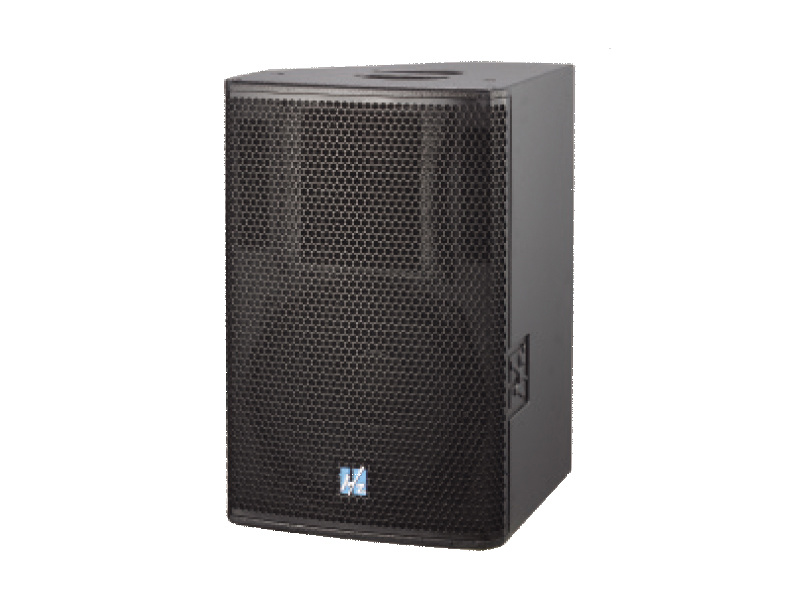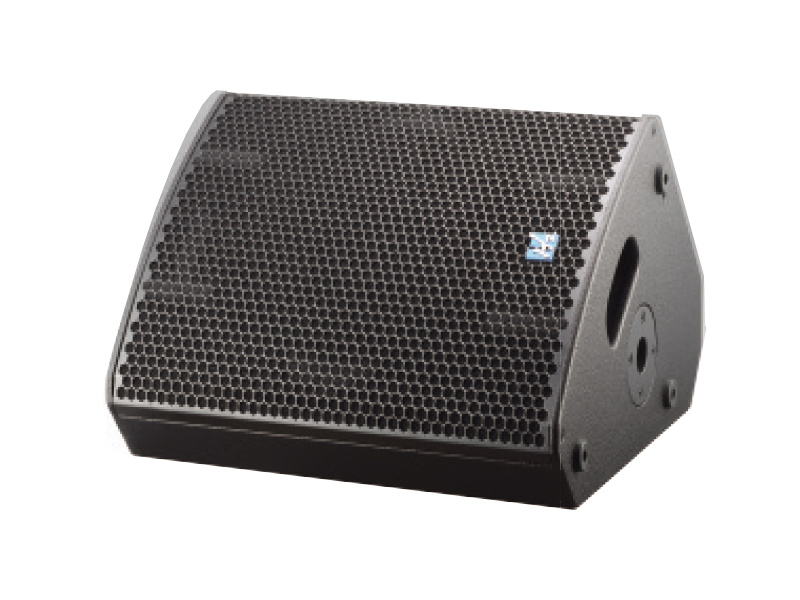Constant Directivity Control Technology
2025-05-09
Regarding constant directional angle coverage
The latest generation of speakers has a constant directional angle coverage characteristic, which is superior to its predecessor
An important watershed that will overturn the design of traditional audio systems,
Comprehensively enhance the sound field coverage and performance of the speaker system
Many sound reinforcement systems adopt a decentralized layout design based on the traditional non constant directional angle coverage of speakers, which is a helpless measure. The sound radiation angle of these speakers varies with frequency. Line arrays have made great progress in vertical sound field control, but horizontal sound field coverage is still difficult to predict.
Non constant directional speakers, whether they are point sound sources or line arrays, simply use horizontal and vertical radiation angles to describe the sound field coverage capability of the speaker. Sound designers usually design the projection area based on this data, but unfortunately, the actual radiation angle of non constant directional speakers varies with frequency and is difficult to predict. Therefore, simple radiation angle labeling cannot fully and truly reflect the sound field coverage characteristics of a speaker. The sound field design made by sound engineers based on this data is only their imagination, and the results will not be much better if some simulation software is used for design.
Contour map of sound pressure
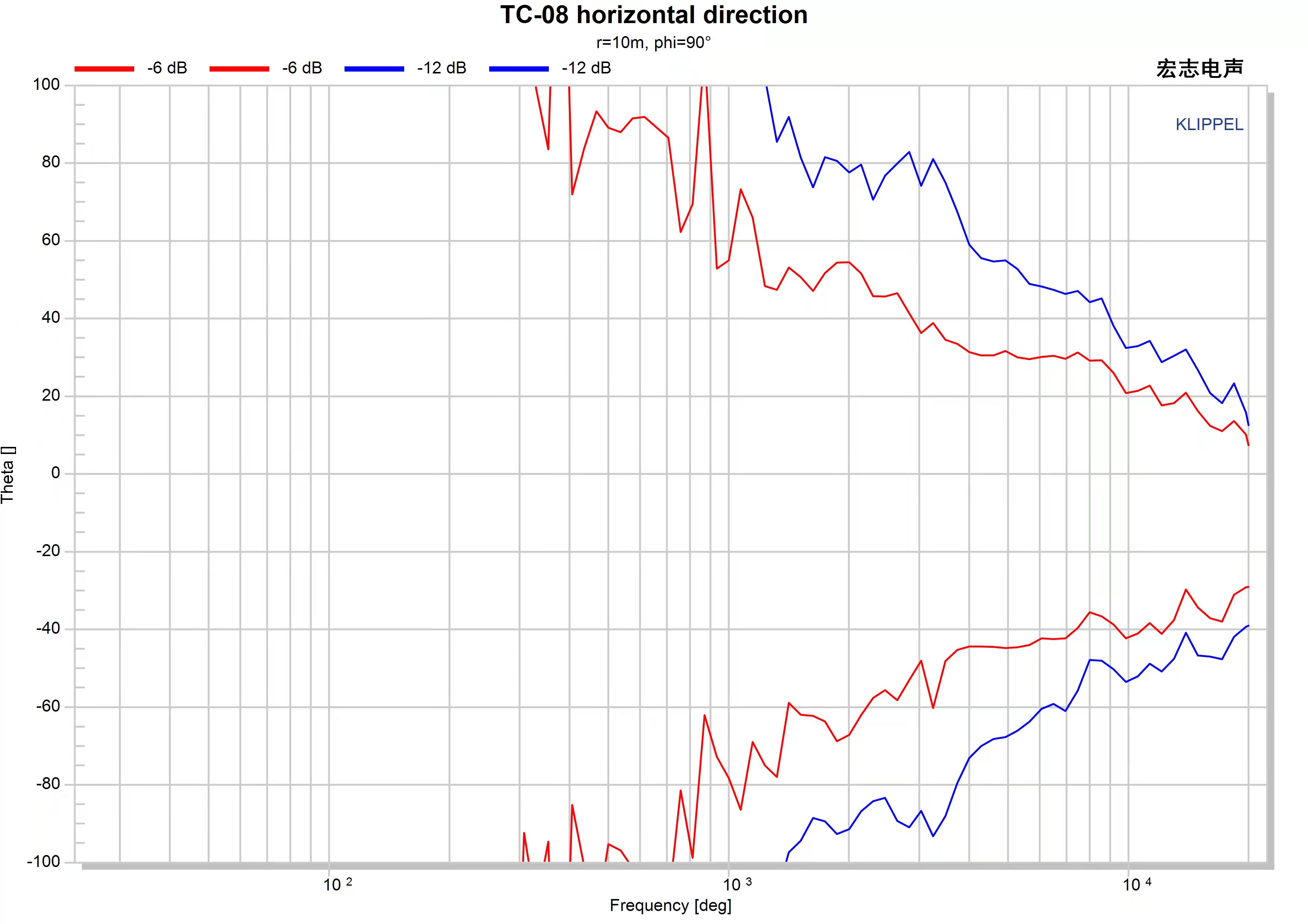 Describing the relationship between frequency and radiation angle through contour maps is a more comprehensive and complete technical chart that can describe the sound field coverage capability of speakers compared to simple horizontal and vertical radiation angle labeling
Describing the relationship between frequency and radiation angle through contour maps is a more comprehensive and complete technical chart that can describe the sound field coverage capability of speakers compared to simple horizontal and vertical radiation angle labeling
.
This is a contour map of the sound field of a traditional non constant directional speaker. The left scale indicates the radiation angle, and the lower scale represents the frequency. The red and blue lines represent the sound pressure curves relative to the 0-degree positive axis -6 and -12d, respectively. Based on the direction of this curve, we can see the corresponding radiation angles of the speaker at different frequencies.
The red line in the figure shows that the horizontal radiation angle of the speaker tends to narrow with increasing frequency. Faced with such changes, no matter how the coverage area is designed, there will not be a satisfactory perfect result. This obviously does not meet the requirements of public sound reinforcement, but it is also the coverage characteristic of most traditional speakers. This coverage characteristic of speakers cannot be changed through technical means such as debugging.
The traditional solution to sound field problems
To solve the problem of sound field uniformity using traditional non constant directional speakers, the conventional approach is to arrange supplementary speakers scattered throughout the field, compensating for the frequency fluctuations within the coverage area of the main speaker through their own frequency response fluctuations. The sound pressure of the supplementary speakers must form a strict synchronous relationship with the main speaker, otherwise it will destroy the complementary relationship between the two.
The supplementary speaker is usually not of the same model as the main speaker, which inevitably leads to inconsistent phase characteristics. Through complex DSP digital processing technology, only rough correction can be made. This inconsistent phase characteristic causes the sound emitted by the supplementary speaker to have uneven cancellation of certain frequencies of the main speaker, forming a complex sound field with both superposition and cancellation in the area where the supplementary speaker participates. This situation increases the difficulty of on-site debugging and cannot be done well.
No matter what quality of speaker is chosen, the sound produced by mixing the main speaker and the supplementary speaker is bound to be poor, which seriously contradicts people's original intention of pursuing high quality.
Adding speakers increases the equipment investment of the system, increases the complexity of the system, increases the workload of system installation and debugging, and increases the difficulty of system maintenance in the later stage.
Constant directional control
The latest generation of speakers can achieve uniform coverage of the entire field of sound through their own constant pointing angle coverage capability. The entire sound amplification system will be greatly simplified, and apart from the main speaker, there is basically no need to rely on various local sound supplements (except for areas where the main speaker cannot directly project). The previously important lip filling can also be eliminated.
Constant directional control refers to the characteristic of achieving radiation angle that does not change with frequency within a certain frequency band. Due to technical limitations, the wider the frequency band for achieving constant directional control in speakers, the more difficult it is. To achieve full frequency band control, it is even more difficult. Therefore, the bandwidth of constant directional control is an important indicator for measuring the sound field control capability of constant directional speakers.
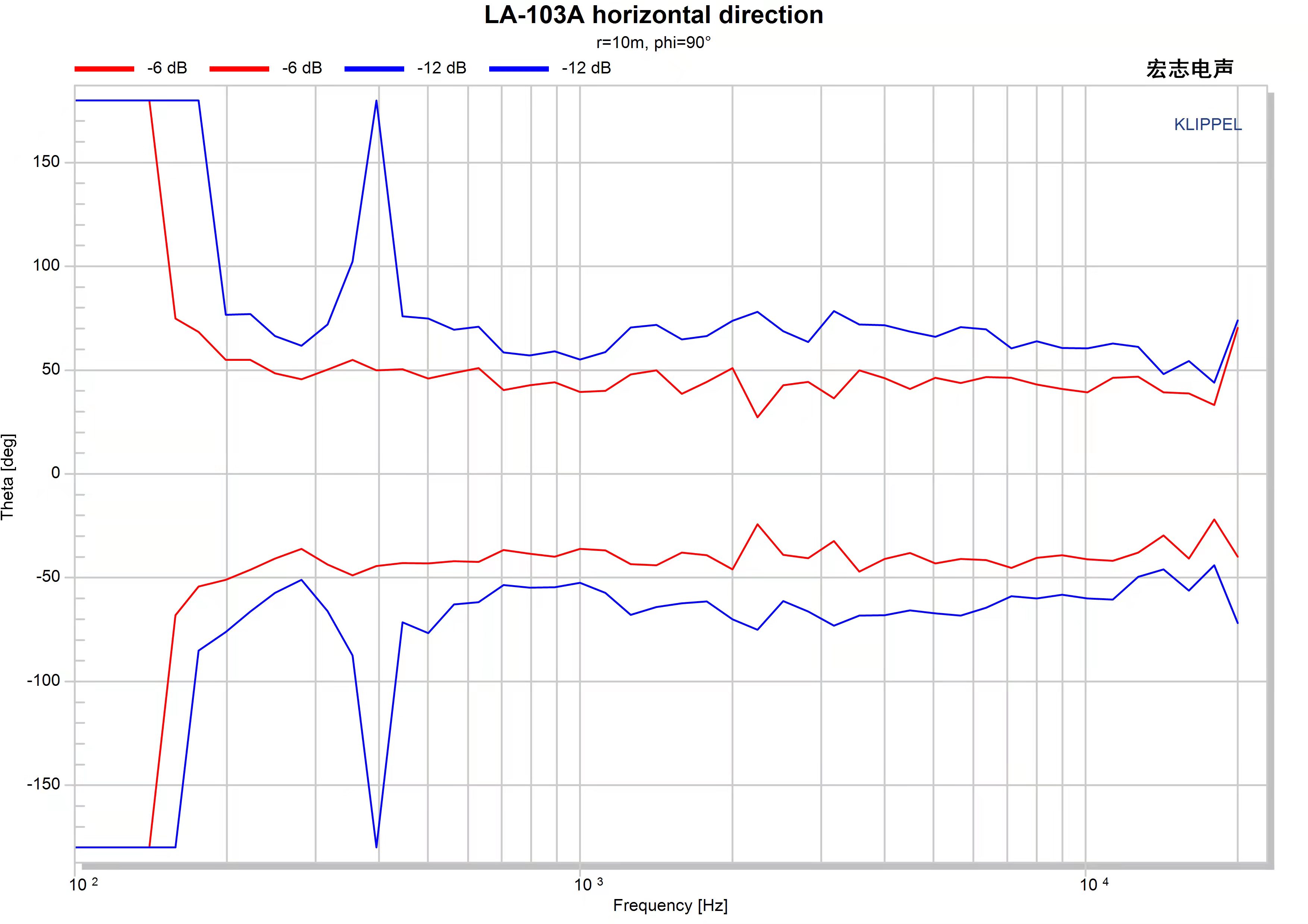
The above figure is a contour map of the sound field of a wideband constant directional control line array speaker
As shown in the figure, the horizontal radiation angle of the speaker starts from less than 200Hz and continues to 20kHz, with the entire frequency band kept constant at 80 degrees. This allows sound system designers to easily draw lines on the drawing with a ruler when planning the projection area of the speaker, because in the designated area, flat and uniform frequency response can be obtained at various positions. This result is exactly the pursuit of public sound amplification, which relies solely on the characteristics of the speaker itself to achieve uniform coverage of the sound field and obtain pure sound without the interference of speaker's dissonant sound.
The following figure shows another possible more intuitive off-axis response diagram for the same speaker to illustrate its sound field coverage characteristics using constant directional control. Each color curve represents the frequency response at a certain angle relative to the positive axis. From the figure, it can be seen that speakers with constant directional control characteristics still have a usable flat response that is synchronized with the positive axis frequency response curve, even at a 45 degree deviation from the positive axis.
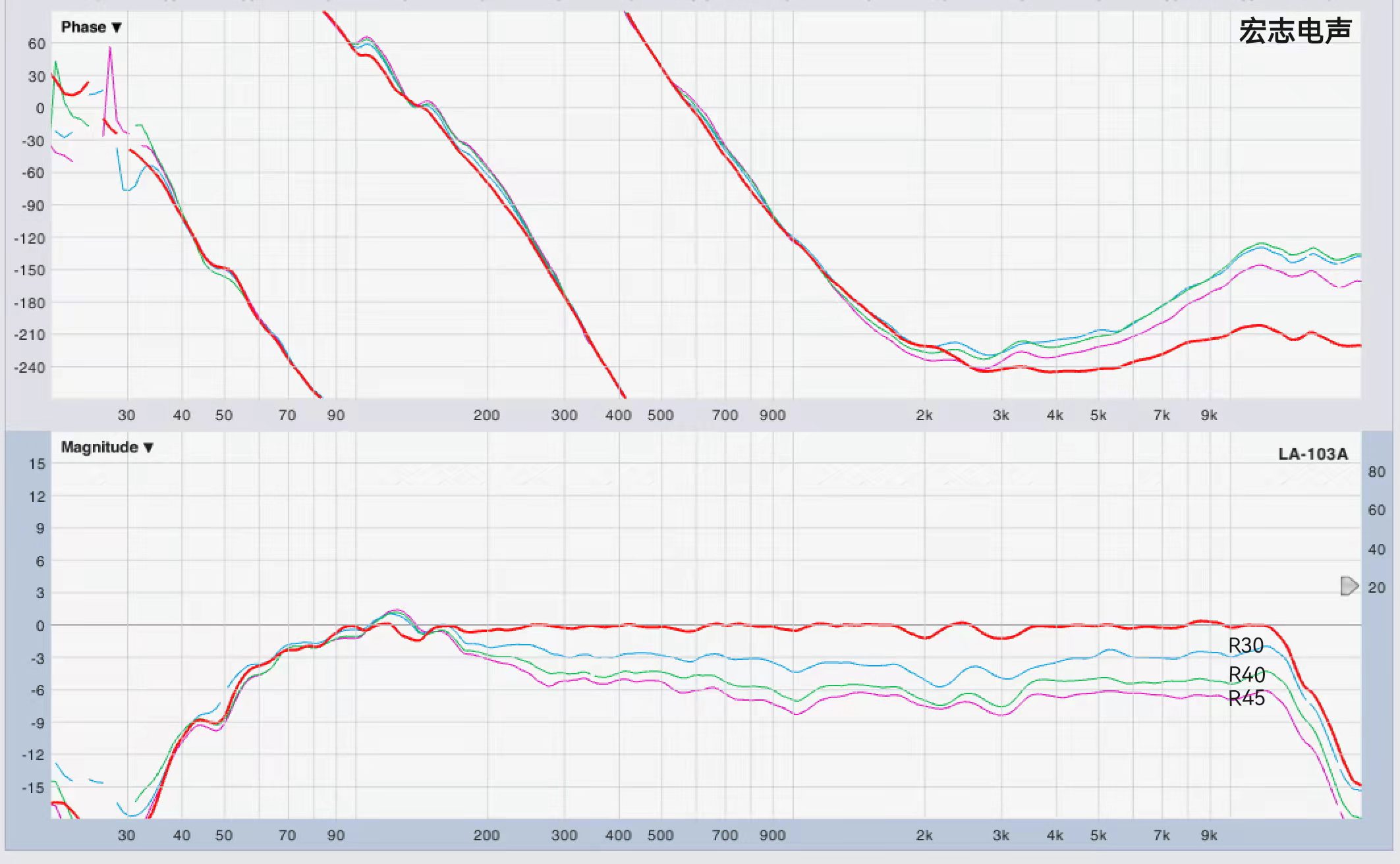
The projection area of the main speaker system is highly controlled!
This will bring revolutionary changes to the system configuration, eliminating the need for a large number of speakers, significantly reducing equipment investment costs, or allowing the saved money to be used to further strengthen the main expansion system, significantly reducing the workload of equipment installation and greatly reducing the system
The difficulty of debugging greatly reduces the maintenance work of the system in the future.
Therefore, in the design of audio systems, whether speakers have constant directional coverage capability is an important factor that must be carefully considered!
Previous Page:
Next page:
RELATED INFORMATION


